Chinese Contemporary Art: Where Old World Meets New
By combining past and present, art collective Liu Dao is breaking China’s modern art mold and joining the ranks of a new generation of artists
By combining past and present, art collective Liu Dao is breaking China’s modern art mold and joining the ranks of a new generation of artists
In 2019, the Greater China region accounted for just under a quarter of the global spend on art and is now the third largest art market in the world. With Shanghai at the epicenter of its rapidly expanding contemporary art scene, collectives like Liu Dao (also known as island6) are spearheading the fashionable expressions of a younger demographic.
“Everything is a product of collaboration” is the motto of Liu Dao, which speaks with a single collective voice. Established by three artists and curators—Thomas Charvériat, Zheng Guoyang, and Kang Jingfang—in 2006, the group produces art that “constantly contemplates the future of Asia, engages sights and scenes from old and new China, and always involves fresh takes on modern technology.”
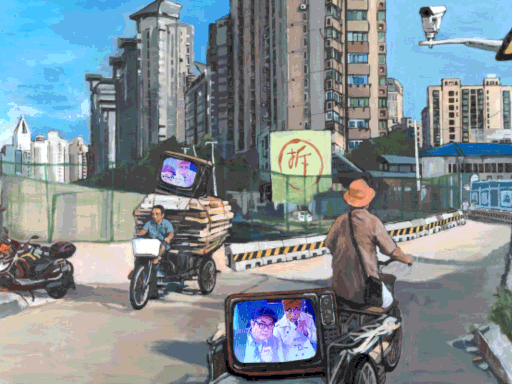
“The island6 center originally hosted residencies for international artists, inviting them to produce art and exhibit locally,” Liu Dao explains. “Everyone was curious about opportunities in China at the time and, over the course of two years, 120 foreign artists took part.”
That process continued until 2008, when the decision was made to look closer to home. “The talent was foreign, but very few in Shanghai wanted to buy foreign art.” So, the group picked 10 of their best local artists and formed the Liu Dao collective, taking an inward-looking approach.
We’re sharing a different vocabulary because you don’t need a brush to express yourself as an artist—Liu Dao
Today, Liu Dao embraces the technological constructs of modern-day life as an opportunity for artistic expression and freedom of thought, and works with performers, painters, sculptors, and many other disciplines. Its art is always the result of a collaboration and challenges the status quo.
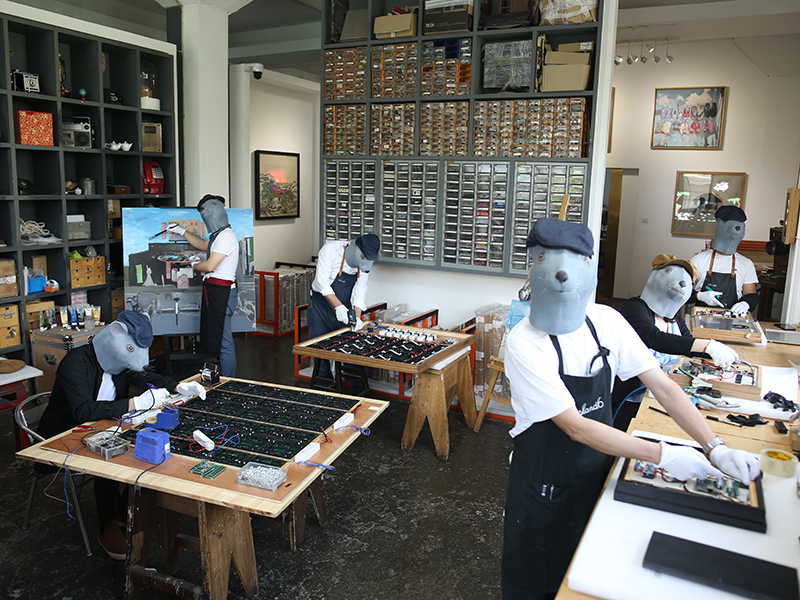
“We write most of the music we play during our openings of our exhibitions. If we need a certain noise, such as the one imitating thunder in our artwork Hippocampus Sabotage, we’ll look for a sound designer who can create it. It’s all authentic.”
This immersive ethos often features an interactive element that invites audience participation. Past collections exhibited at Miami Art Basel have included live phone numbers that people can call or text, while in All Along the Wires, animated LED birds in hand-painted trees fly away when they hear the sound of clapping.
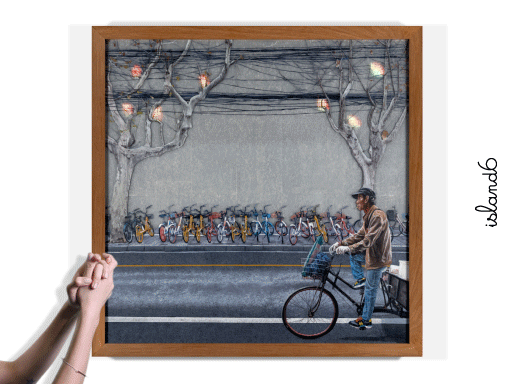
“We’re sharing a different vocabulary because you don’t need a brush to express yourself as an artist,” says Liu Dao. “We push the art scene by recognizing that what we’re doing is different to what’s being done anywhere else. We’re trying to influence people to use different mediums that are maybe more specific to China.”
These artists represent the beliefs, personality, and dreams of a generation that hasn’t experienced the cultural revolution—Marcello Kwan
Case in point: the collective’s recent exhibition Bright Lights, Flashy Lifestyles, which centers on Shanghai’s iconic LED lights—and carves out a niche for the group within the broader context of Chinese contemporary art. The aim of the works’ arresting colors, says Liu Dao, is to “peacock the way into the hearts and minds of consumers across the continent.”
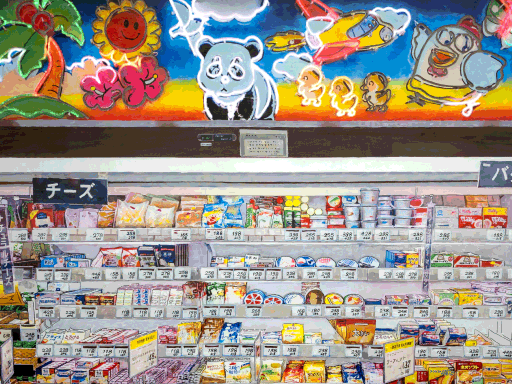
This shift in contemporary Chinese art—from painters in the ’90s who focused on portraiture or figurative work, to artists today who use video, photography, and installation—is affirmed by Marcello Kwan, Christie’s Vice President, Senior Specialist and Head of Sales for Modern & Contemporary Art in Asia Pacific. “Some important artists like Cai Guoqiang use unusual mediums, such as gunpowder, to create performance/painting,” he says.
Along with Liu Dao, Kwan namechecks Liu Wei as an artist to watch. “His abstract Purple Air D1 is a strong example of Chinese modern art, valued for its composition and rich palette.”
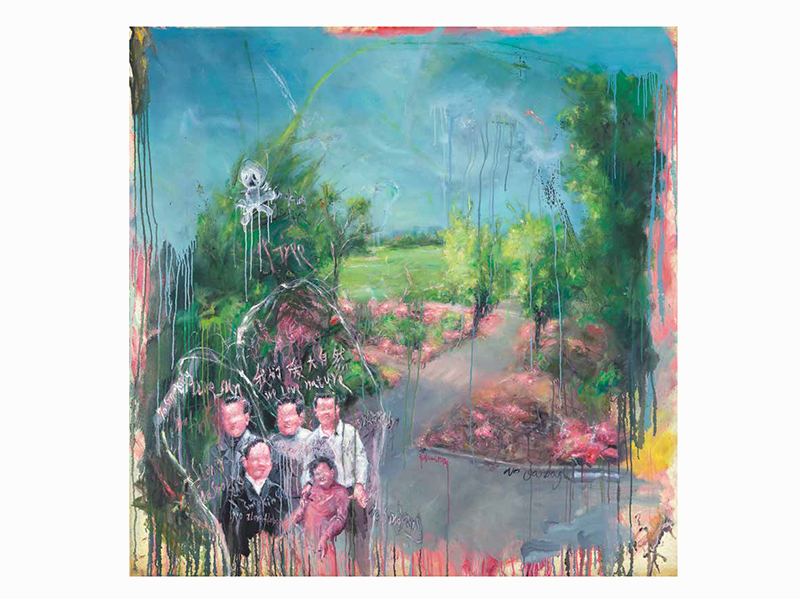
The upcoming Modern and Contemporary Art Evening Sale at Christie’s Hong Kong on July 10 will feature Wei’s influential We Love Nature. Also on offer: an early work on paper by Liu Xiaodong, widely recognized as one of the most revered Chinese contemporary artist of our times, and major works by younger artists Chen Fei and Chen Ke.
“These artists are among the key names of early Chinese contemporary art,” says Kwan, “representing the beliefs, personality, and the dreams of a generation that hasn’t experienced the cultural revolution.”
Banner image: Liu Wei’s Microworld art installation at the 58th Venice Art Biennale 2019. Alamy